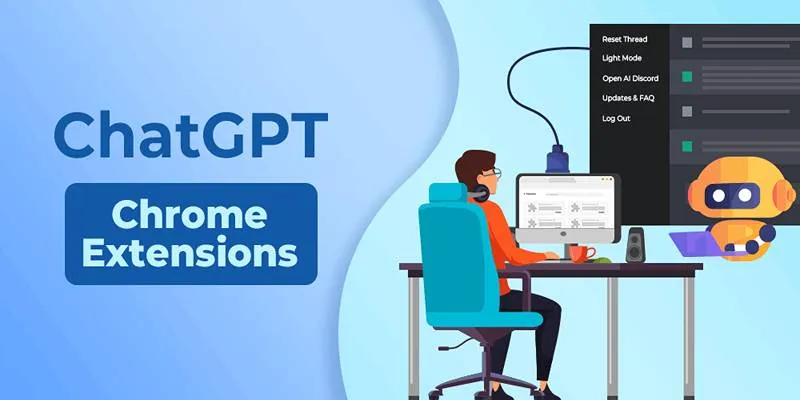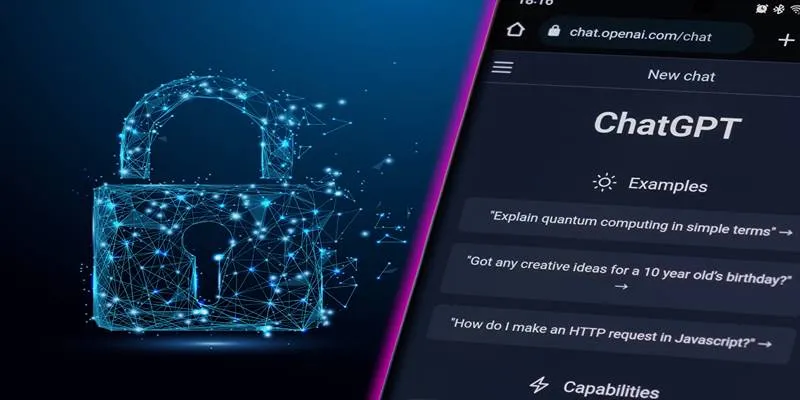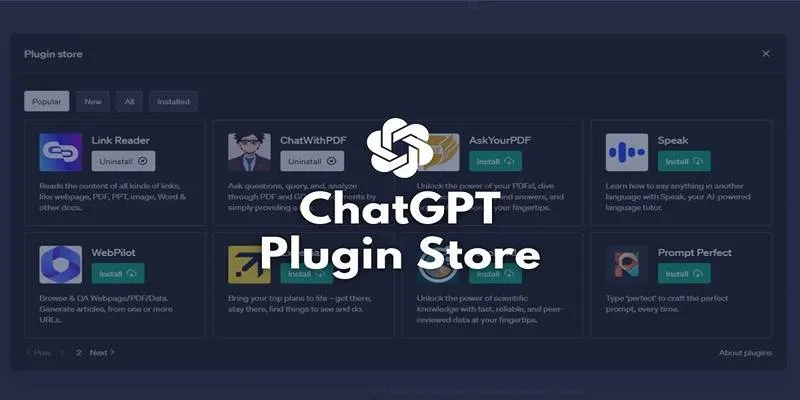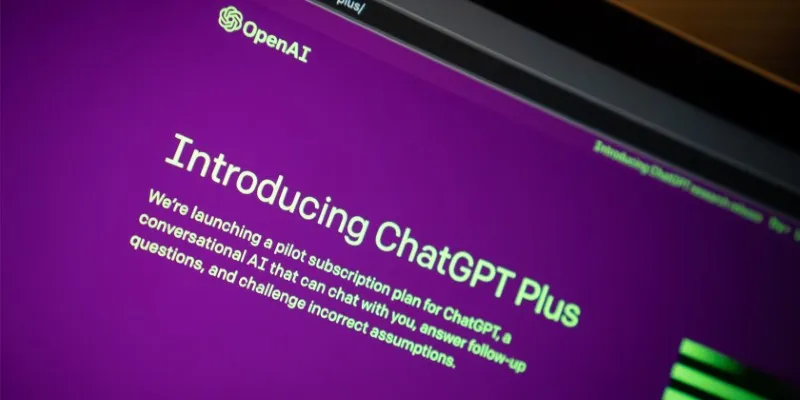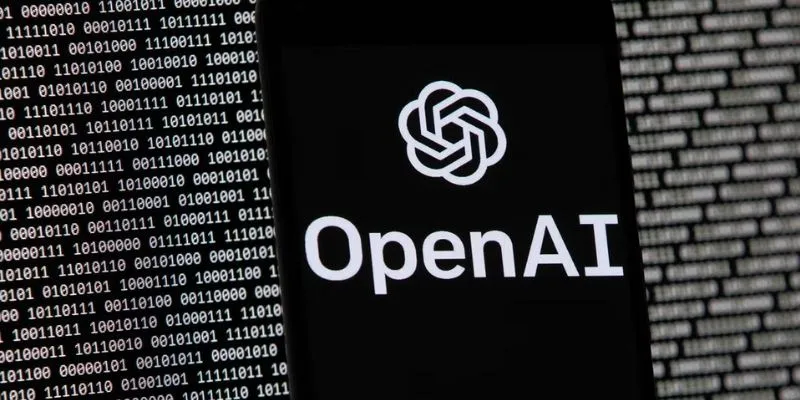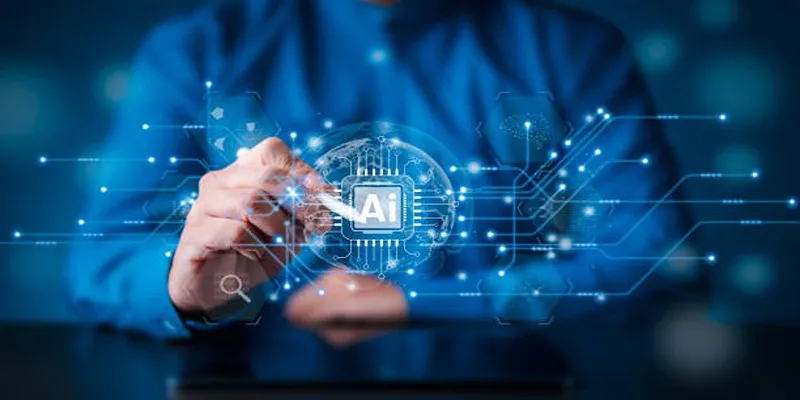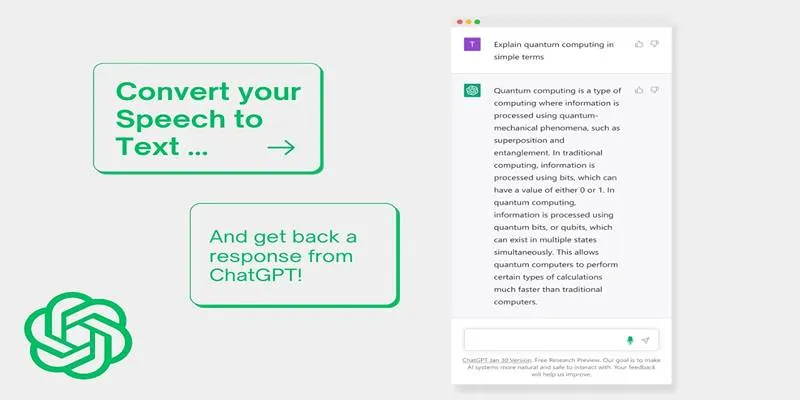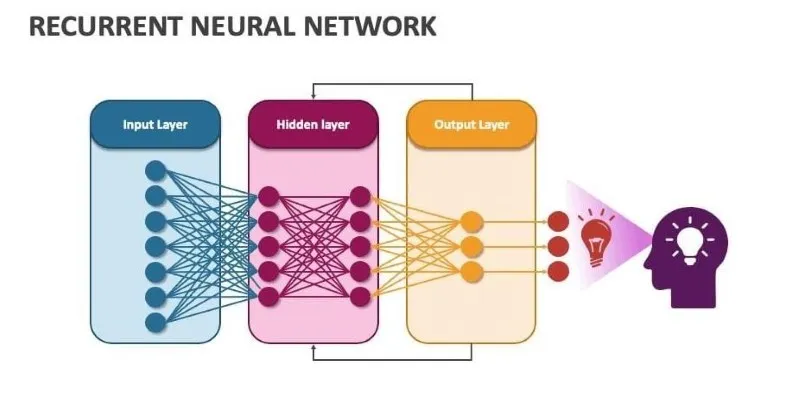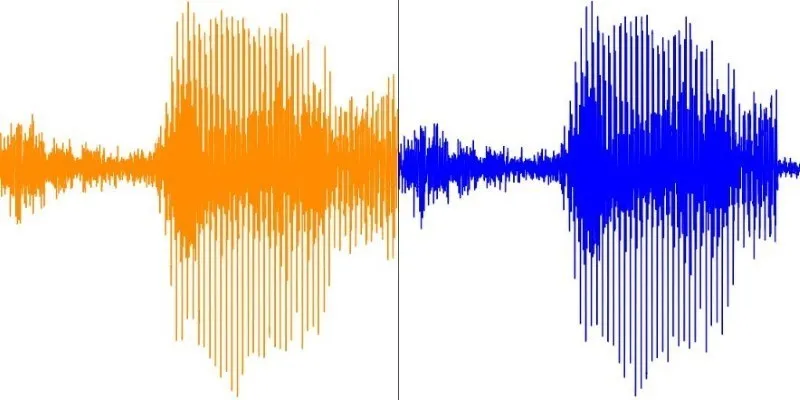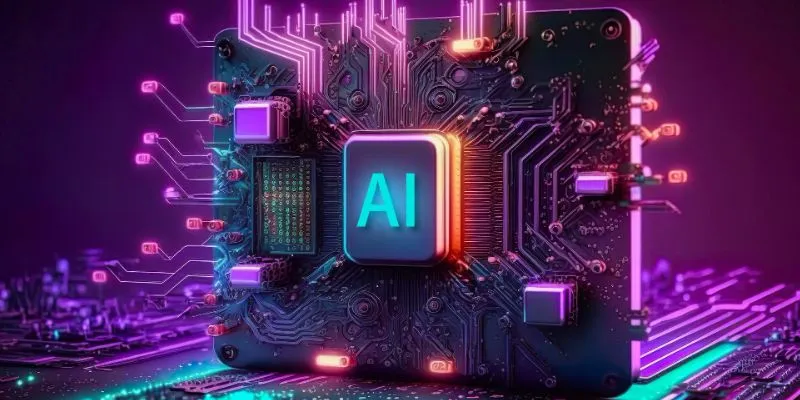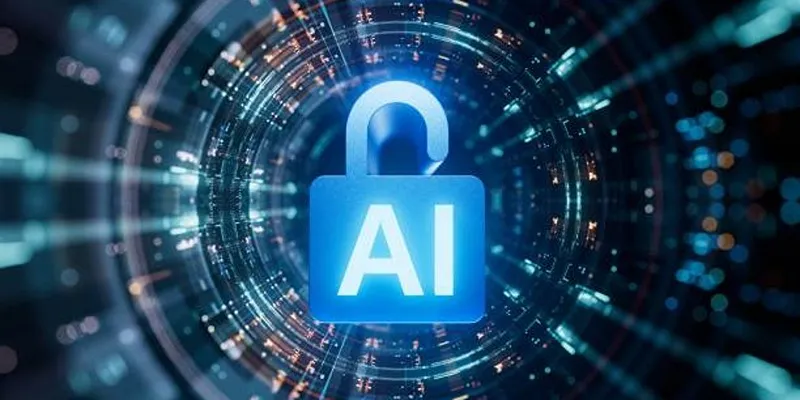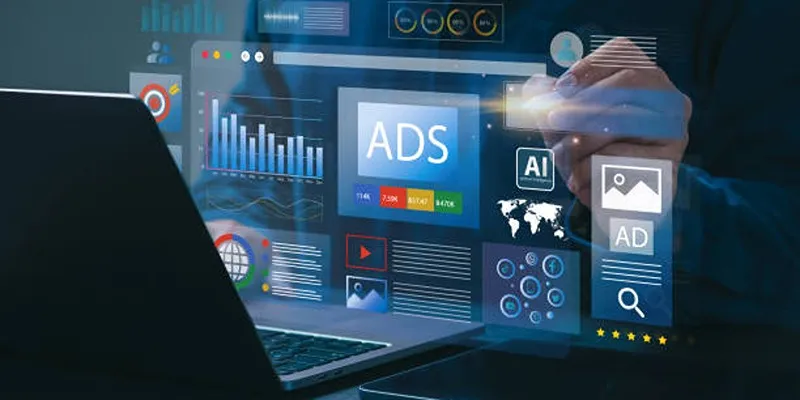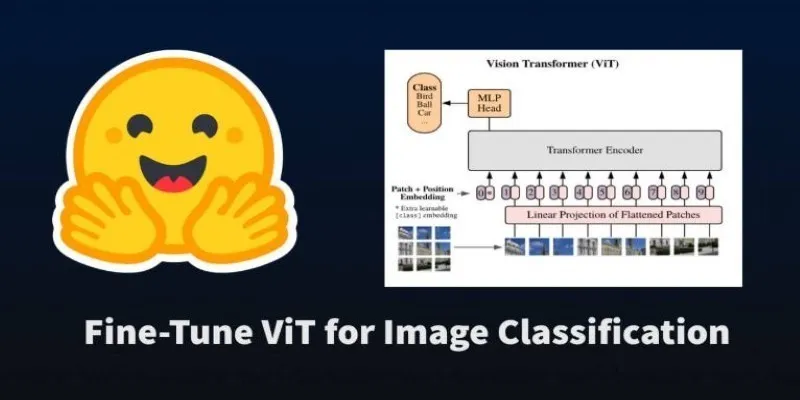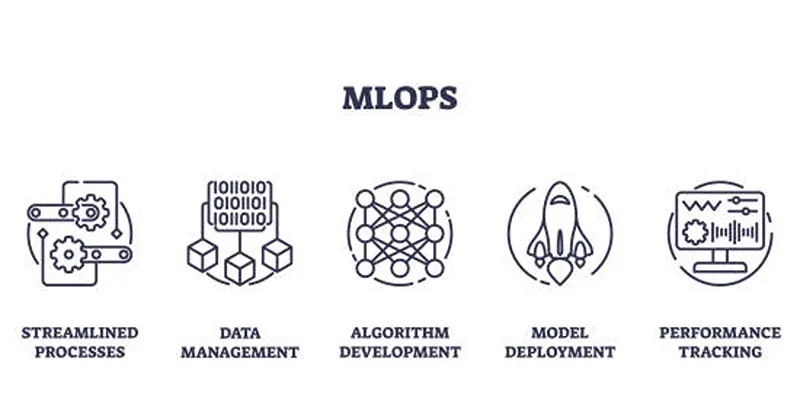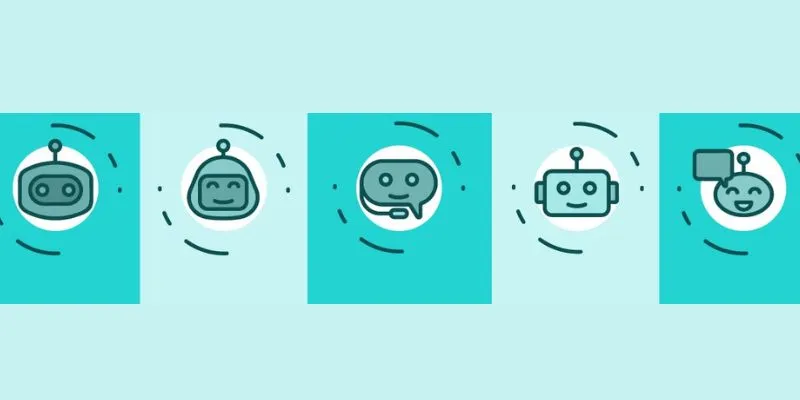When your team is spread across different locations, running smooth meetings can be tricky. Someone forgets the agenda, another misses the key takeaways, and before you know it, a 30-minute sync turns into a loop of repeated ideas. That’s where ChatGPT quietly fits in — not as a shiny centerpiece, but as the silent team member who’s always on task, always ready. If used the right way, it can clean up your meeting flow, boost clarity, and help the team walk out knowing exactly what happened.
Here’s how you can plug ChatGPT into your virtual meetings — and no, it’s not about letting a bot talk for you. It’s about how it can support the way you prepare, manage, and follow up.
How to Use ChatGPT for Virtual Team Meetings
Draft the Agenda Before the Meeting
Most meetings go off track because people walk in with half-baked plans or none at all. You can use ChatGPT to draft a tight agenda that makes sense for your goal. Just tell it what kind of meeting you’re hosting, who’s attending, and what the key topic is. For example: “I have a 45-minute product sync with three developers and one designer, and I want to go over sprint progress and design blockers.”
It can help frame the session, suggest time blocks, and organize it in a way that gives everyone space to talk without drifting into side tangents. You can even ask it to format it for an email or a shared doc.
Write Clear Talking Points Based on Raw Notes
If your notes are scattered — bullets from Slack chats, random ideas from team threads, or even a voice memo you recorded while walking the dog — ChatGPT can help make sense of them. You just paste it all in, and it can turn it into short, clear talking points you can speak from or share with others ahead of time.

This is especially useful for those who need structure. If you tend to ramble or forget what you meant to bring up, having these condensed points helps keep things sharp and efficient.
Play the Role of a Silent Note-Taker
It won’t sit in your meeting and record the call, but you can copy the transcript or chat logs afterward and ask ChatGPT to pull out the main themes, tasks, or decisions. This works well for teams who use platforms like Zoom or Teams that already generate transcripts. Paste it into ChatGPT and ask, “Can you summarize what was discussed in this meeting?” or “What were the next steps mentioned here?”
What you get back is a clean summary you can plug into a follow-up email, shared doc, or team board — no manual sorting needed. You can even ask it to format the action items by team member.
Refine Your Own Follow-Up Messages
Sometimes, following up after a meeting feels more draining than the meeting itself. You’re stuck figuring out how to say “we need this done” without sounding too pushy or too vague. With ChatGPT, you can describe what you want to say, and it can turn that into a concise update or a friendly reminder.
If your message includes sensitive feedback or mixed results, you can even ask it to adjust the tone — direct, supportive, or neutral — and see how it lands. It won’t make the decision for you, but it helps get the wording right faster.
Create Meeting Recaps That People Actually Read
You know how most meeting recaps are a wall of text? People skim them, then ask questions they already had answers to. You can use ChatGPT to build a short recap broken down into three or four sections: decisions, open items, next steps, and follow-ups. No fluff, just useful chunks.
This works especially well if you’re managing multiple teams and want a repeatable structure. Just drop your raw notes in, and ask for a clear summary. If the tone matters, you can even give it a reference — “make it sound like a Monday morning memo” or “friendly but direct.”
Use it to Run Async Discussions Without Scheduling a Call
When schedules clash or time zones don’t line up, you can use ChatGPT to help manage an asynchronous check-in. Here’s how it works: you collect everyone’s written inputs on a topic — could be Slack messages, emails, or voice messages transcribed — and ask ChatGPT to summarize them, list where opinions differ, and flag action items.
Instead of needing everyone to live on a call, this lets you run meetings by email or chat, and still come out with a summary that feels like a real conversation happened.
Help Team Leads Stay Aligned With Their Teams
If you manage other managers, you’re often stuck in the middle, trying to make sure everyone’s meetings are aligned without sitting in each one. Have your team leads send you notes or transcripts, and run them through ChatGPT. It’ll give you a quick sense of what each team is focused on, whether blockers are being addressed, and if goals are being tracked properly.

This gives you visibility without micromanaging. You can catch red flags early, spot overlaps between teams, or find missed connections just by reading the summaries.
Use it as a Brainstorming Partner Before or After
Sometimes meetings stall because no one knows how to kick off a topic or make a call on an idea. You can use ChatGPT before the meeting to test out how you might present a proposal or how to phrase a tricky suggestion. Just describe the situation, and ask for a few variations on how to say it or what kind of questions to expect.
After the meeting, if there’s an idea floating around that no one knows how to take forward, ChatGPT can help develop it into a clearer outline or even a list of pros and cons. It’s not about having the final say, but helping shape vague input into something concrete.
Final Thoughts
ChatGPT isn’t about replacing people or taking over meetings. It’s more like a tireless assistant that doesn’t get distracted, doesn’t mishear anything, and doesn’t forget who said what. If you use it well, it can help your virtual meetings stay clear, useful, and way less chaotic. You still run the show, but now with a little more help behind the scenes.
 zfn9
zfn9
